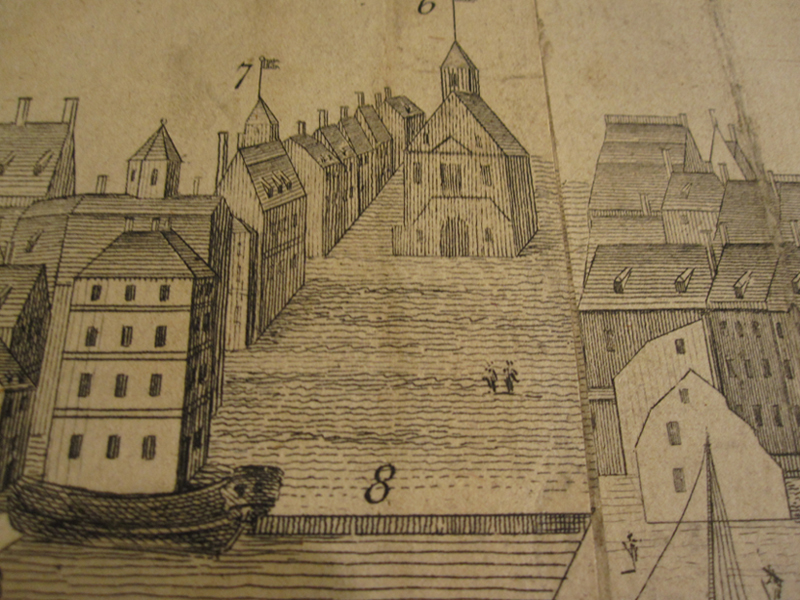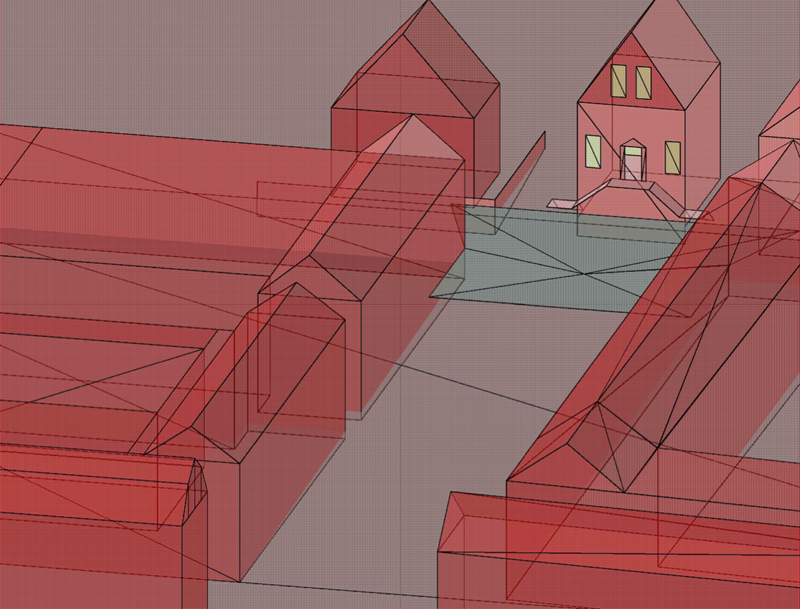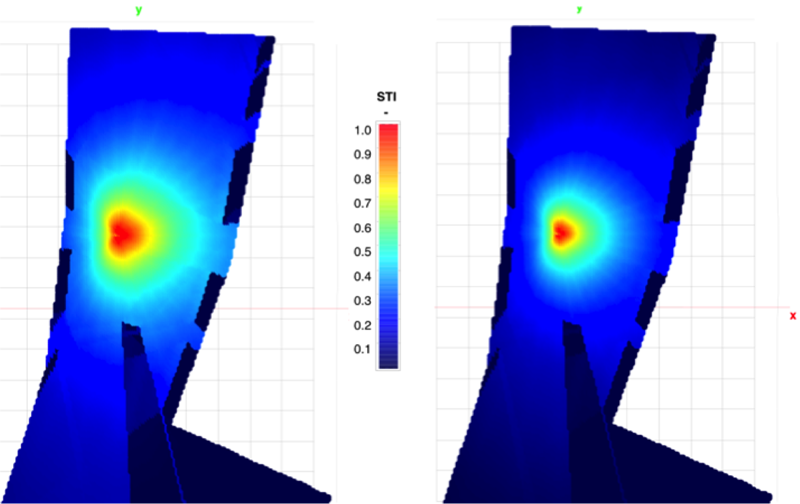
Braxton Boren – bbb259@nyu.edu
Agnieszka Roginska – roginska@nyu.edu
Music and Audio Research Lab
New York University
Popular version of paper 1aAA4
Presented Monday morning, December 2, 2013
166th ASA Meeting, San Francisco
From presidential inaugurations to the Million Man March, large public gatherings are often benchmarked by the size of the crowds they attract. The same principle applied three centuries ago, when crowds estimated at up to 80,000 people flocked to hear the loud voice of the Anglican preacher George Whitefield in London. Benjamin Franklin, then the publisher of the Pennsylvania Gazette in Philadelphia, doubted that one man could speak to so many people. Although Whitefield was described as having a voice "like the roar of a lion," he himself admitted that people sometimes had to leave because they could not hear him.
When Whitefield arrived in Philadelphia later that year, Franklin performed an acoustic experiment to predict how many people could have heard Whitefield's voice. Franklin walked backwards from the crowd listening to Whitefield and measured the distance at which his voice ceased to be intelligible. Based on this radius, Franklin estimated that more than 30,000 people could have heard Whitefield speak at once.
While cutting-edge for its day, Franklin's experiment leaves out many important acoustic factors that could have affected the result. His calculation can be broken into two parts: the loudness of Whitefield's voice and the intelligibility in the crowd. Both of these can be solved using acoustic computer modeling to give a more accurate answer to the range of the unamplified human voice.
Using period maps and drawings of Philadelphia along with archaeological and temperature data, a computer model of Philadelphia was constructed (Fig. 1) that mapped both the geometry and the material composition of the Market Street area where Franklin performed his experiment. We can model the background noise at Franklin's position using his description of noise sources on Front Street.

Fig. 1a: Period drawing of Market Street area in Philadelphia

Fig. 1b: Computer acoustic model of the same area
The computer model sends out a large number of individual sound paths and adds up the direct and reflected sound at Franklin's location. Based on the value of the Speech Transmission Index (STI), which measures speech intelligibility at Franklin's position, we can work backwards to predict how loud Whitefield's voice would have been. This method predicts that Whitefield's average sound pressure level at a distance of 1 meter would have been about 90 dBA, which is equivalent to the loudest average sound pressure ever measured for the human voice in laboratory conditions.
Once we have figured out the sound pressure level for our 'virtual' George Whitefield, we can place him in a computer model of the sites in London where he attracted his largest reported crowds. These sites can then be mapped to show the total area where speech intelligibility is as great as that which existed at Franklin's position in Philadelphia. In essence, this populates the model with a crowd of virtual Ben Franklins all listening to the virtual Whitefield.
The amount of intelligible area at each site depends on the level of background noise that the crowd produced. Whitefield sometimes described his crowds as observing "a profound silence," though at other times he acknowledged that noise posed a problem for getting his message across. Based on measurements on the sites today, 50 dBA is probably a reasonable level for a quiet crowd, while 55 dBA may be a better average for a more boisterous gathering.

Fig. 2: Moorfields speech intelligibility at 50 dBA background noise (left) and 55 dBA background noise (right)
Fig. 2 shows the STI at the Moorfields, one of the largest sites in London where Whitefield preached. The left graph shows the intelligibility at 50 dBA of background noise, while the right graph shows it with 55 dBA of background noise. Several groves of trees in the area provide acoustical shadows that significantly decrease speech intelligibility. As can be seen, the area with sufficient intelligibility (of 0.3 STI or higher) decreases quickly from about 25,000 square meters at 50 dBA to about 10,000 square meters at 55 dBA.
Once the intelligible area has been calculated, the number of listeners may be estimated based on the density of the crowd. Franklin used a very dense assumption in his experiment - two square feet per person - which professional crowd estimators refer to as "mosh pit" conditions. Since Franklin never actually attended Whitefield's gatherings in London, it is likely that the average crowd density was closer to "solid" crowd conditions, which is usually about 0.5 square meters per person.
Using this process, we can simulate the maximum crowd size that could have heard Whitefield speak at each of his most popular sites compared with the reported sizes, as shown in Table 1:

Table 1: Projected intelligible area, maximum crowd size, and reported crowd sizes for Whitefield's three largest venues in London
As can be seen from the results, in the Moorfields and Mayfair areas, the largest reported crowd sizes would not have been able to hear Whitefield's voice even under optimistic acoustic conditions, and if the crowd was noisy or Whitefield was feeling hoarse, the maximum number of listeners would decrease sharply. However, at Kennington Common, the most wide-open of the three sites, it is projected that the largest reported crowd of 50,000 could have heard Whitefield's voice under optimal conditions.
It will be noted that if Franklin's more generous density figure is used, these crowd size estimates will be more than doubled. However, Franklin's maximum intelligible area calculation yields about 23,000 square meters, which is close to the values simulated here for some of the sites. This shows that Franklin's overall method of estimating the acoustic range of the voice was actually fairly accurate. His primary error was his overly large density calculation, which would have predicted a crowd size of about 125,000 listeners. A crowd of that size packed so densely would probably find it difficult to be silent and might even run the risk of a stampede.
However, Franklin reported a more modest figure of 30,000 listeners, possibly because he believed that the higher estimate was far-fetched, and also because the majority of Whitefield's crowds were reported as 30,000 or fewer. The largest crowds were only reported during the summer of 1739 in London, after which Whitefield's celebrity waned somewhat. Similarly, these computer simulations are also useful for evaluating the more modest crowd sizes that were reported: most of his large crowds in Britain and America were estimated at 20,000 to 30,000, and based on these simulations those numbers seem acoustically reasonable. Without a time machine, we will never know these crowd sizes exactly, but by applying scientific techniques to historical data we can still discover new pieces of the past that had previously been lost.